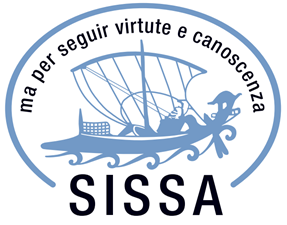RT‐QuIC and PMCA are fast in vitro assay that can detect disease-specific biomarkers with high sensitivity and specificity thus enabling early and definitive diagnosis of Neurodegenerative Diseases. These two techniques enable the detection of minute infectious prion proteins (undetectable by current diagnostic techniques) in peripheral tissues (e.g. urine, blood, cerebrospinal fluid and olfactory mucosa) of patients in early stages of Neurodegenerative Diseases and can model the process of protein misfolding and aggregation in vitro.
Neurodegenerative disorders are incurable and debilitating conditions that primarily affect the central nervous system and include Alzheimer’s disease, Parkinson’s disease, Lewy Body Dementia, Frontotemporal Lobar Degeneration and transmissible spongiform encephalopathies or prion diseases. These pathologies are characterized by the deposition of β‐sheet rich protein aggregates, that are considered disease‐specific biomarkers (DSB) and can permit the detection of the diseases only in the post mortem phase. For neurodegenerative diseases there are no cures available: most of the drugs on the market just help to delay or relieve the symptoms of the disease’s progression but don’t cure the disease. For that reason exists an unmet need for new diagnostics and therapeutics that can effectively treat the growing numbers of people with neurologically-based disorders and diseases.
The two approaches are fast and can achieve an early and definitive diagnosis of dementia without the need of costly and invasive procedures. It is possible to obtain patients stratifications’ useful for diagnostic and therapeutic purposes and assess the efficacy of different and innovative therapeutic compounds or drugs to interfere with the individual misfolding process. Moreover the techniques will allow the specific monitor of disease progression by analyzing the variation of disease-specific biomarkers, providing the patients with the most efficient compounds able to interfere with the molecular events and not only with the symptoms of the diseases.
N.A.
The global market for drugs used to treat neurodegenerative disease is estimated to be $19 million. Although there are more than 40 identified neurodegenerative diseases, the drug discovery industry focuses mainly on Alzheimer’s disease and Parkinson’s disease. By 2024 the market of Alzheimer’s disease is forecast to grow to $ 12.61bn, at a Compound Annual Growth Rate (CAGR) of 16.83%. The catalysts for this growth include an increasingly elderly population, earlier and improved diagnosis, and the introduction of new therapies. The value of treating the earlier stages of Alzheimer’s disease is expected to have the greatest growth potential over 2015−24. The Parkinson’s disease market in the US, Japan, and five major EU markets (France, Germany, Italy, Spain, and the UK) is expected to have been worth $2.9bn in 2016. The market is forecast to increase to $3.4bn by 2023, partly driven by the uptake of new treatment options. Neurodegenerative market is expected to dwell due to continuous advancement in medical technology and to the increasing of ageing population, which in turn is leading to a growth in the incidence of neurological disorders.
Renè Buttò







